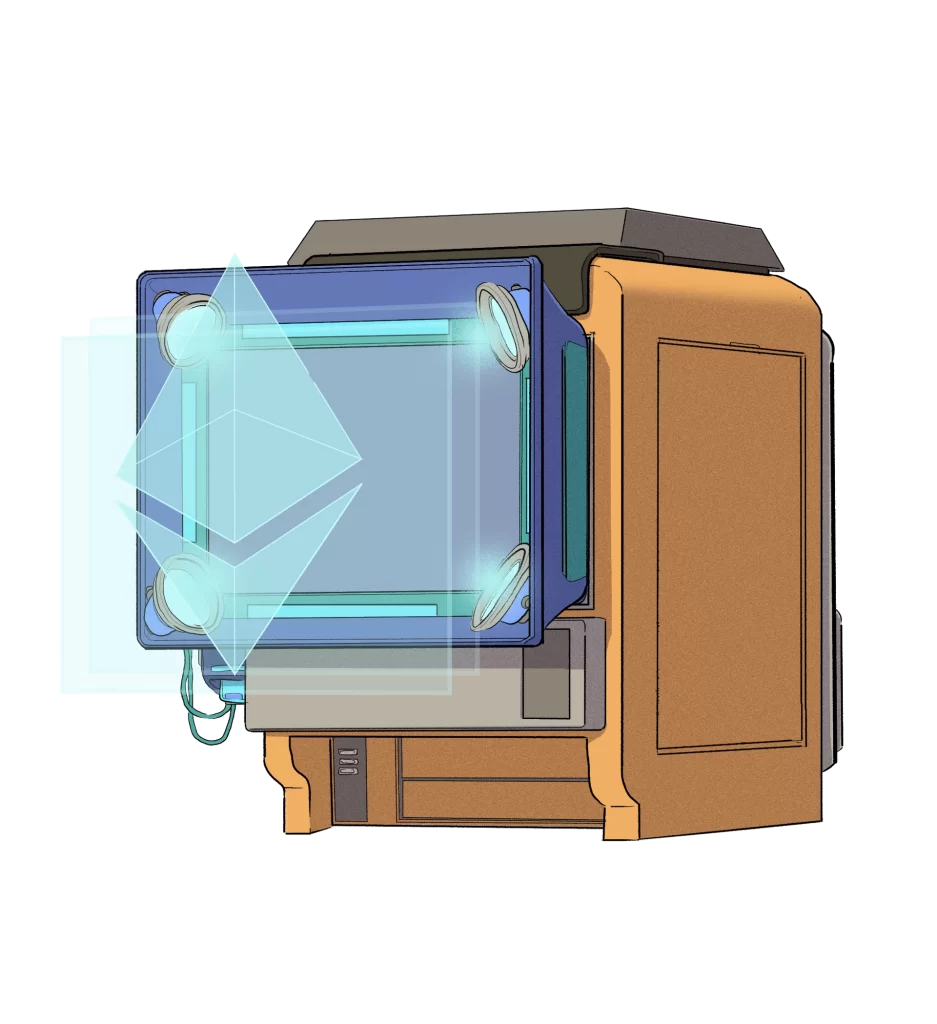
Non-fungible tokens (NFT)
Non-fungible tokens (NFT)
NFTs are currently taking the digital art and collectibles world by storm. Digital artists are seeing their lives change thanks to huge sales to a new crypto-audience.
And celebrities are joining in as they spot a new opportunity to connect with fans. But digital art is only one way to use NFTs.
Really they can be used to represent ownership of any unique asset, like a deed for an item in the digital or physical realm.
If Andy Warhol had been born in the late 90s, he probably would have minted Campbell’s Soup as an NFT. It’s only a matter of time before Kanye puts a run of Yeezys on Ethereum. And one day owning your car might be proved with an NFT.
Non-fungible tokens
What’s an NFT?
NFTs are tokens that we can use to represent ownership of unique items. They let us tokenise things like art, collectibles, even real estate.
They can only have one official owner at a time and they’re secured by the Ethereum blockchain – no one can modify the record of ownership or copy/paste a new NFT into existence.
NFT stands for non-fungible token. Non-fungible is an economic term that you could use to describe things like your furniture, a song file, or your computer.
These things are not interchangeable for other items because they have unique properties.
Fungible items, on the other hand, can be exchanged because their value defines them rather than their unique properties.
For example, ETH or dollars are fungible because 1 ETH / $1 USD is exchangeable for another 1 ETH / $1 USD.
The internet of assets
NFTs and Ethereum solve some of the problems that exist in the internet today.
As everything becomes more digital, there’s a need to replicate the properties of physical items like scarcity, uniqueness, and proof of ownership.
Not to mention that digital items often only work in the context of their product.
For example you can’t re-sell an iTunes mp3 you’ve purchased, or you can’t exchange one company’s loyalty points for another platform’s credit even if there’s a market for it.
Here’s how an internet of NFTs compared to the internet most of us use today looks…


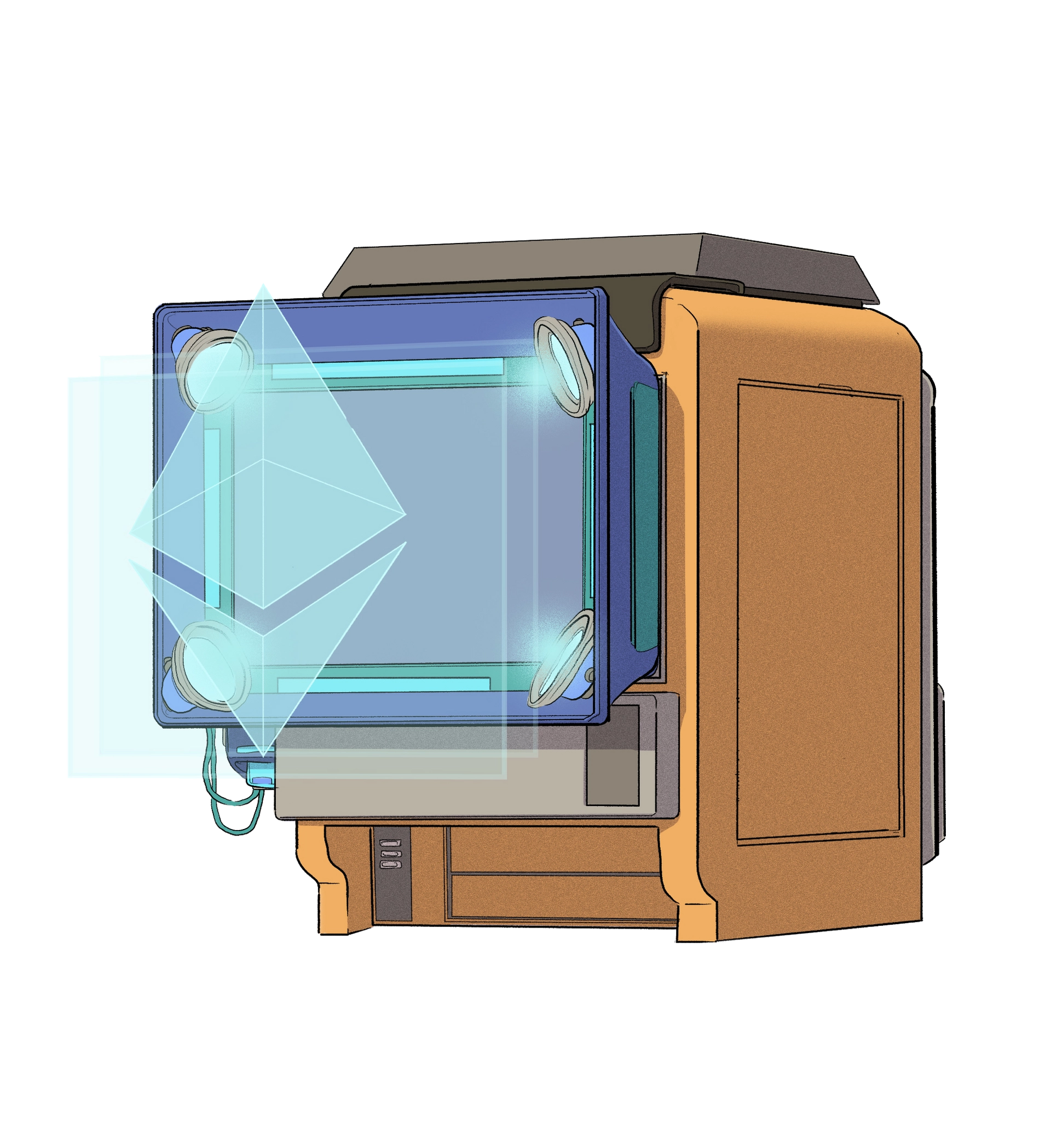
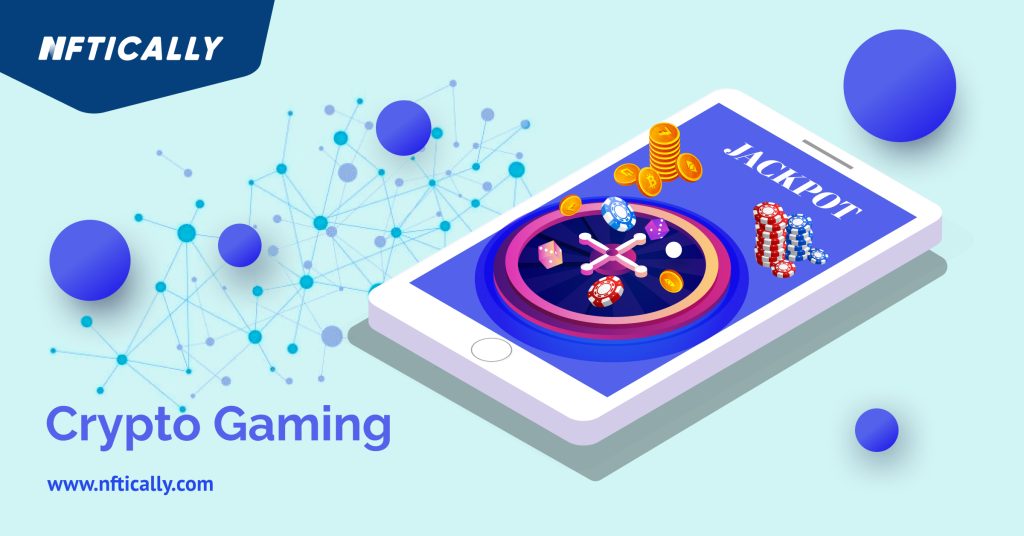

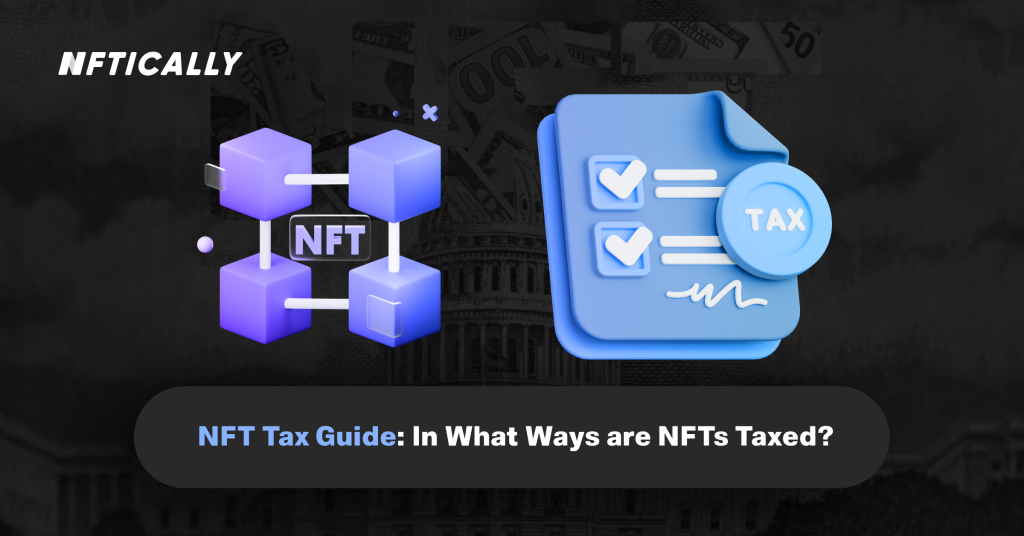
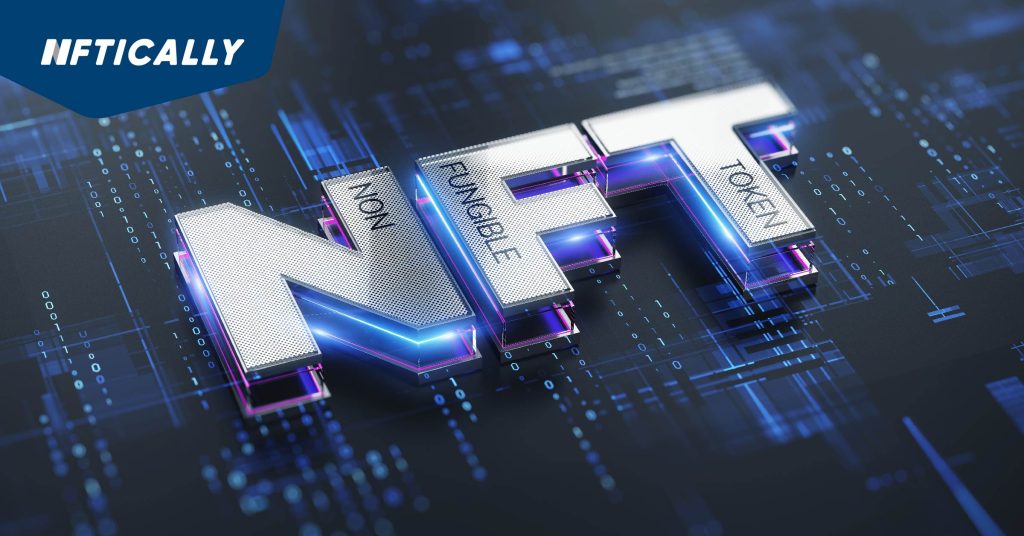
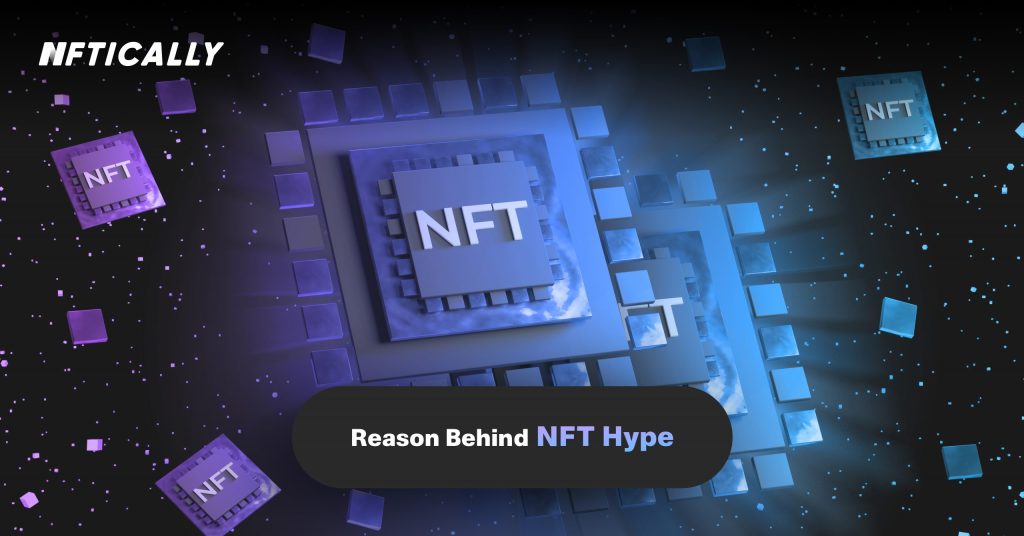
Responses